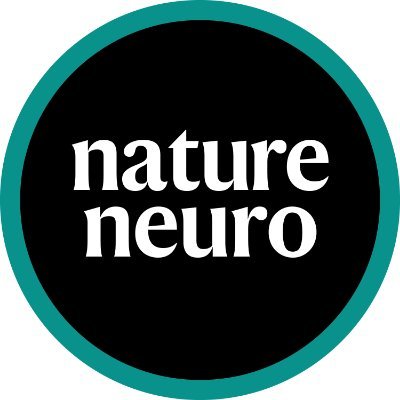
Janis Hesse
@HesseJanis
Followers
303
Following
294
Media
9
Statuses
61
Cracking consciousness one brain at a time.
Joined April 2020
RT @EricMTrautmann: I'm thrilled to announce that our work to develop the Neuropixels-NHP 1.0 neural recording probe is now out in print in….
0
57
0
Our paper on developing Neuropixels 1.0 NHP for deep recordings in the primate brain is now out in @NatureNeuro.
Neuropixels 1.0 NHP: a 45 mm, high-density silicon probe capable of recording large numbers of neurons with single-neuron resolution from most areas in a macaque’s brain.
0
1
5
RT @WadiaVarun: 1/10 Very excited to announce that my thesis project is now a preprint! We present the first detailed study of mental image….
0
53
0
RT @doristsao: This (Tuesday) afternoon at #sfn2024 ! Come check out @HesseJanis talk about his work on conscious perception in MCP Room S1….
0
4
0
Thrilled to share the discovery that face cells rapidly code-switch, within 20 ms, from a tuning optimized for face detection to a completely different tuning optimized for face discrimination. This switch is gated by successful detection of a face and doesn’t happen for objects.
I am beyond excited to share a new paper “Rapid, concerted switching of the neural code in inferotemporal cortex,” led by @Yuelin_Shi and Dasheng Bi. We describe a new form of neural computation in which single neurons rapidly change their tuning to temporally multiplex different.
0
1
46
Thank you, Sarah, that's a perfect one-sentence summary of our current work.
Some slides from .@doristsao of one of the most fascinating talks ever at #ASSC26 (Ned Block's words). In my very meager 1 sentence MA-educated twitter summary (I think) she's saying consciousness is a process occurring intermittently between physical visual processing.
2
0
9
RT @sarahanmy: Some slides from .@doristsao of one of the most fascinating talks ever at #ASSC26 (Ned Block's words). In my very meager 1 s….
0
3
0
RT @PsySciBerkeley: Alex and Allyson Grey (@alexgreycosm and @allysongreycosm) are responsible for the most influential and visionary piece….
0
3
0
Grateful to have been a part of this collaboration. The NHP Neuropixels 1.0 probes described in this preprint might well present a little revolution for primate neuroscience, as they allow recordings from over a thousand neurons deep in the primate brain.
I'm excited to announce our preprint for the Neuropixels 1.0-NHP probe. This represents a large-scale collaborative effort to develop high-density electrodes for neural recording in large animal models like nonhuman primates.
1
0
11
RT @doristsao: Interested in helping run a lab to understand visual perception in primates? Tsao lab @UCBerkeley is looking for a new lab m….
0
67
0









